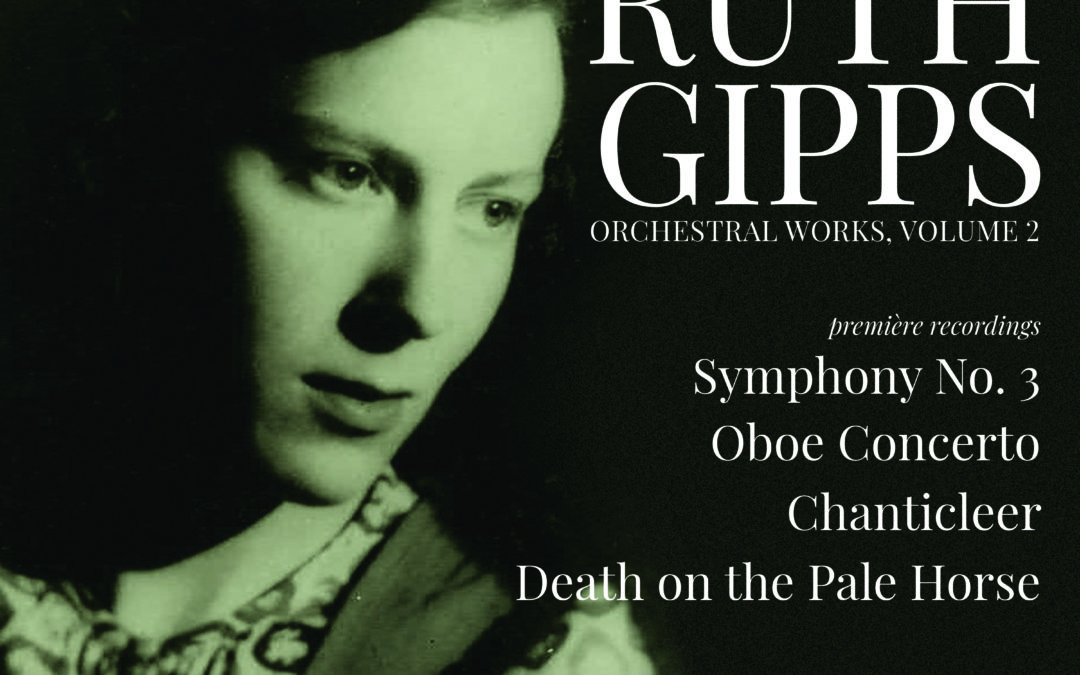BBC Philharmonic
Rumon Gamba conductor
CHANDOS 20161
Chandos continue (and long may they do so) to present the works of composers now emerging from the omerta ( criminal conspiracy) caused by last century’s single-minded promotion of serialism and atonality, imposed by certain elements of the ‘establishment’.
Ruth Gipps (1921-1999) was a seriously talented musician. In youth she performed both Brahms’ piano concertos in public, and was, for a time, principal oboe and cor anglais in the CBSO in the war years. And, of course, her shade now enjoys a re-establishing of her status as a significant composer of very attractive music.
It is interesting to note that this pupil of RVW composed with a recognisable style and technique from the very start. There is a mastery of all the elements of composition, and a command of orchestration which is evident immediately. She also has a quite disarming ability to change the mood of her music into what I can only describe as ‘moments of happiness viewed through a haze of nostalgia’ (though she usually picks herself up and gets on with it).
The oboe concerto and Death on the Pale Horse are wartime works. In the concerto, Juliana Koch is the truly expert, nimble soloist, revelling in Gipps’ invention for what was one of her own instruments. Death on the Pale Horse was written in response to seeing a William Blake illustration of the Four Horsemen of the Apocalypse, and it is basically a compelling elegy written in time of war.
I was less keen of the other wartime work ‘Chanticleer’, a rooster featuring with other animals in an unfinished opera. The cockerel announces himself in a horrible flutter-tongued fanfare. I wanted to wring the stupid thing’s neck. The piece in general evinces a rather knowing sense of somewhat misplaced tedious humour.
The major work on the disc is the later 3rd symphony, first performed in 1966. This music is a little more demanding than the preceding items. There is a harder edge to it, and it is slower to reveal its secrets. However, this is a passionate, committed performance from all concerned. The ghosts of VW and Bax (listen to those horns!) look on with beneficent gaze.
Two comments from the composer, in respect of the symphony, are particularly relevant. She observes that the ‘this music has tonality rather than key’, and that she insists that the music should be interesting and indeed understandable for the musicians, so that they want to play it.
And indeed, for us to want to listen to it
Review by Geoffrey Atkinson

